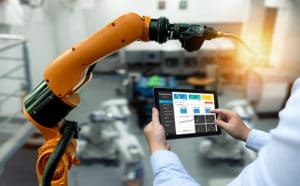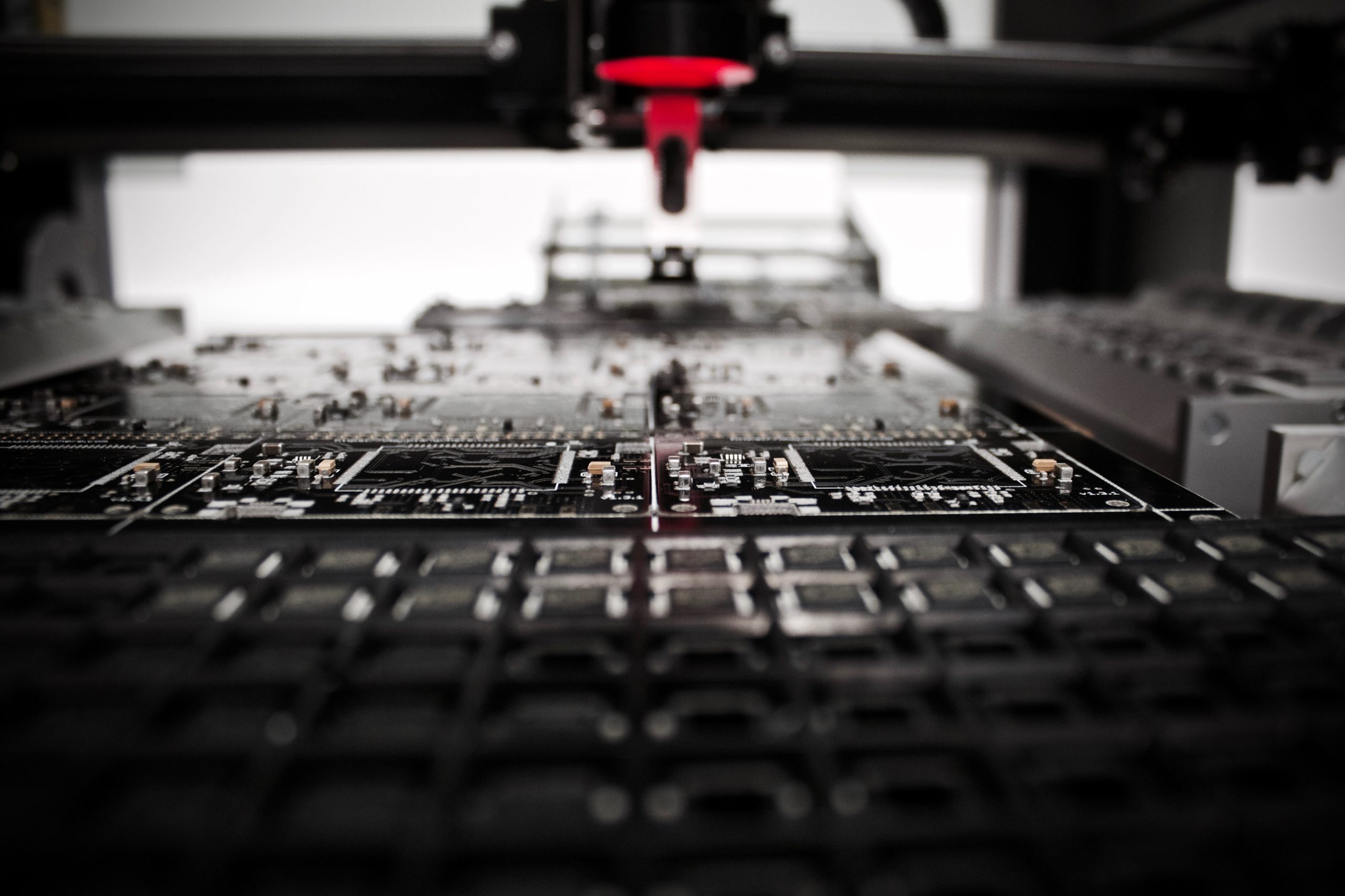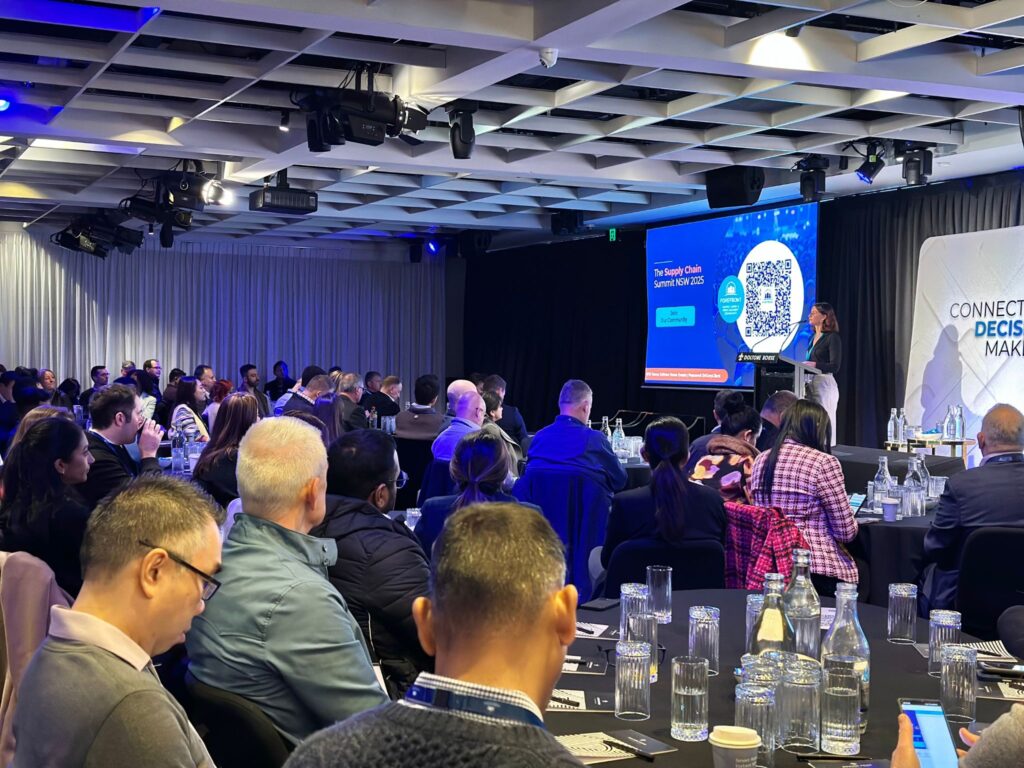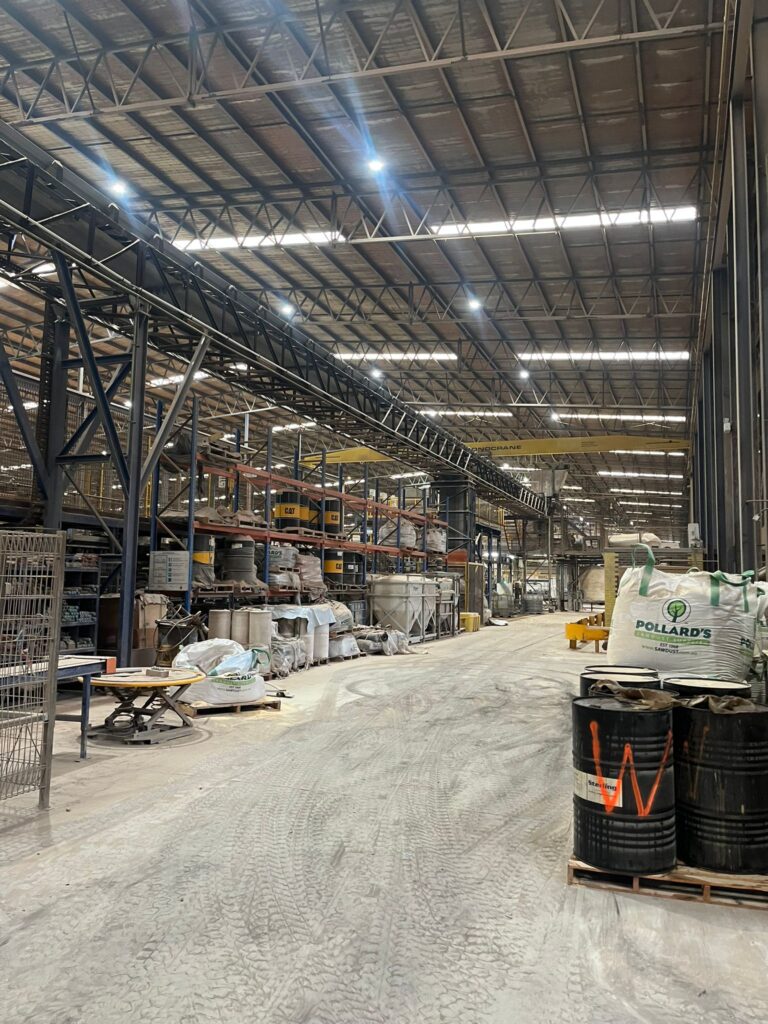Robotic Process Automation in the supply chain: why and how to engage in an RPA process?
A study carried out by two Oxford University researchers has shown that 47% of American jobs are liable to be replaced by computers or robots. Among the 702 jobs in the study, several supply chain jobs reach a 98% probability of extinction, e.g. transit, sales administration and transport organisation.
Should we expect automation to disrupt the organisation of logistics and supply chain activities in a few years?
What is RPA?
RPA (Robotic Process Automation) consists of virtual assistant softwares (or ‘robots’) processing computerised administrative operations instead of humans doing it.
It concerns the automation of high-volume repetitive tasks by using the user interface: the robot operates in a physical or virtual position, under the control of a co-worker, and processes simple operations based on the application of rules: extracting or loading data, copy-pasting, identifying a figure or text in a pdf, calculating, sending e-mail and so on.

It can operate in any kind of system and enables task automation regardless of the environment; internet, ERP or other application solutions.
Of course RPA provides greater efficiency but also fewer errors and a shorter cycle time. Gaining in customer experience or even increasing sales are also possible, notably through the robotic automation of the customer front office process. RPA enables teams to spend less time on repetitive activities that do not add value and they can focus on more rewarding tasks.
What’s more is that the robotic automation of administrative processes is fast and cost effective. A process can be automated in a few days only, generating savings on operating costs and enhancing the service provided.
What applications and what benefits for the supply chain?
According to a study, customer service / sales admin processes are currently the second most automated processes after finance and accounting. They represent an interesting potential for new automation. There are also significant opportunities in logistics processes (supply and storage) and they are little automated to date.
Processes that are repetitive and standardised (or easily ‘standardisable’) are best suited for robotic automation. A few examples concerning the supply chain are:
– Order entry/integration for sales and purchasing orders using various tools (supplier tools/internal/customers).
– Order tracking processes (notably in the case of international shipping).
– Purchasing intelligence and sourcing.
– Data management, notably in the case of multiple external repositories (suppliers, data on web interfaces) and internal repositories (purchasing bases, plant, warehouse, stores, subsidiaries).
– Appointment scheduling for delivery to warehouse or plant.
– Invoice checking (received/performed vs. expected).
– Traceability (food, production batches).
– Shipping and customs documents management, notably for import/export (alcohol,
Ceveso, registered environmental facilities).
– Benchmarking of competitors’ prices and service (delivery times and schedules), notably for e-commerce.
– And so on.
The list is already long and it is not exhaustive. It demonstrates that there are numerous areas where it can be applied in a supply chain, with potentially significant results both in cost reduction and in service enhancement (lower cycle time, fewer errors).
Launching an RPA project
Before launching an RPA project it is first necessary to study the high-volume transactional processes that need a significant number of employees and/or that are characterised by low added value tasks. The degree of standardisation for each process should be determined as well as prioritising the processes to be included in the project. The processes that should be automated first are the highly standardised and repetitive ones. Next come the processes with a standardisation potential and a high volume of tasks enabling a scale impact.
For a good start in an RPA approach, a company should begin with a pilot project in a clearly defined area.
This should be carried out concurrently with an overall study on the identification and assessment of opportunities. This proof of concept or value demonstrator will show on a limited scale the value that the approach can provide. It will nurture the business case and the transformation roadmap that will result from this step of RPA strategy design.
Lastly, a special effort must be made in the management of the transformation from the very start of the strategy design. RPA disrupts staff working habits. It is necessary to support them throughout the change even if, contrary to what most people may imagine, the RPA initiatives are often greeted with relief by the employees concerned as robotic automation rids them of dissatisfying tasks.
The outlook for RPA
Innovation is developing at a dramatic pace. Artificial intelligence and machine learning open up new outlooks for RPA in the years to come, structuring data upstream with an RPA process combined with artificial intelligence, for example, increase the opportunities to use automation.
New digital technologies can be linked, offering new opportunities. Automation is becoming a lever for mass collection of data, providing input for big data type analyses.
– Julie Rabier, Senior Manager, Argon Consulting (In 2018 Argon consulting and Crimson & Co merged)






